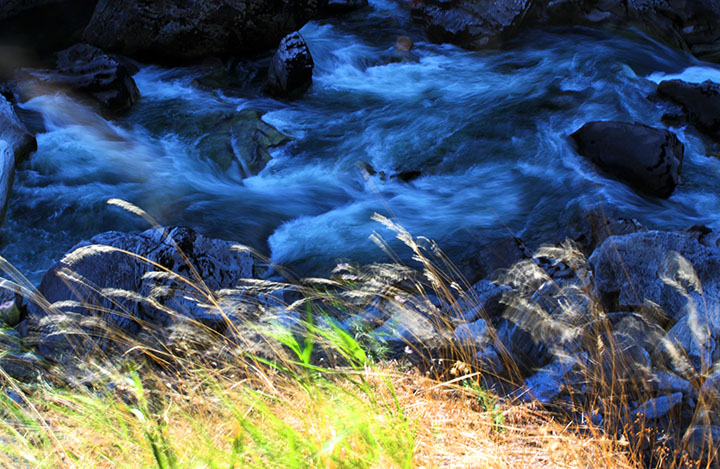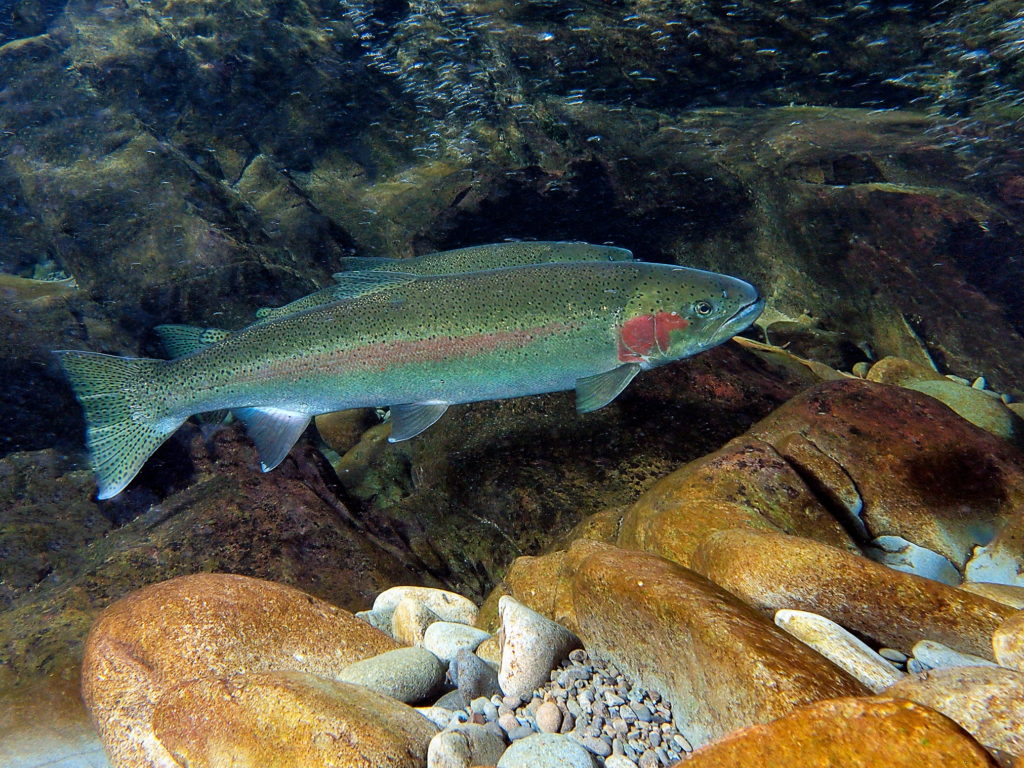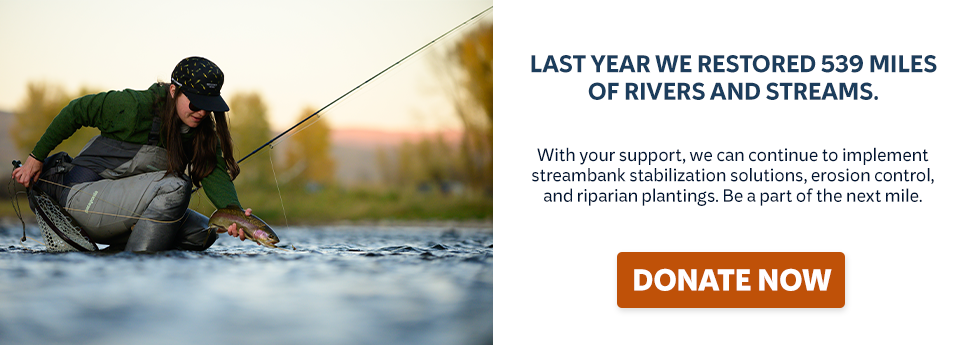
By Eric Crawford
The Idaho Fish and Game commission today announced that the fabled Clearwater River steelhead run would be closed to fishing starting Sept. 29.
This closure, initiated to protect the few returning two-ocean, or “B-run” steelhead, is a first since 1975. Seen by some as a much-needed respite from the intense fishing pressure placed on a precious few fish, others see this as a fleeting opportunity with difficult choices in the future.
Once numbering in the millions, today Idaho’s salmon and steelhead returns are but a fraction of their former glory. This year’s steelhead run is lining up to be one of the top five worst since 1975. Current run numbers estimate that this year’s run of summer steelhead is just 11 percent of the 10-year average.
Once upon a time, the Snake River and its tributaries supported upwards of 55 percent of the Columbia River Basin summer-run steelhead. With about 62 percent of Idaho’s summer steelhead spawning habitat still intact, it is incomprehensible how an iconic species could be on the brink of extinction.
Listed as a threatened species in 1997 under the Endangered Species Act, more than $16 billion in taxpayer money has been thrown at measures to recover the species. All that money has had little measurable impact on fish numbers.

Photo courtesy John McMillan
The B-run steelhead are unique to the Snake River Basin, particularly the Clearwater River drainage. These fish evolved to smolt at an older age and they spend an extra year—or even two—at sea before returning from the Pacific to spawn. Additionally, B-run summer steelhead enter the freshwater system later than their A-run cousins, with typical run timing in August and September. Historically, B-run steelhead were identified by length, measuring in the 31 to 34 inches in length. On Nov. 11, 1973, the Idaho state record steelhead was caught in the Clearwater River, weighing in at 30 lbs 2 oz, and measuring 44 inches.
In 1972 B-run steelhead were eliminated from the North Fork Clearwater River and its drainage with the construction of the Dworshak Dam. The remaining habitats are now found in the Lochsa and Selway Rivers, both federally recognized as Wild and Scenic Rivers. The remaining habitat found in the South Fork Clearwater River has been impacted by historical mining and logging activities limiting available spawning habitat.
With a suite of issues affecting overall run health, more commonly known as the 4 H’s (hatcheries, hydropower, harvest and habitat), Idaho steelhead are at a crossroads for recovery. So, too, are anglers and the communities that have relied on their annual returns.
Anglers until recently enjoyed long steelhead seasons on the Clearwater River. With catch and release seasons opening on July 1, anglers could fish through April 30 the following year—almost 9 months of effort. With the season closure anglers will either relocate or stop steelhead fishing altogether.
For the communities in the Clearwater drainage the like Orofino, Kooskia, Kamiah and Grangeville, steelhead signified an assured boost in their local economies with the influx of steelhead anglers.
With the announcement of the closure, that economic benefit will vanish creating economic impacts region-wide, leaving a more pressing question: How do we recover this iconic species?
Eric Crawford is the north Idaho field coordinator for Trout Unlimited. For more information contact him at ecrawford@tu.org.


